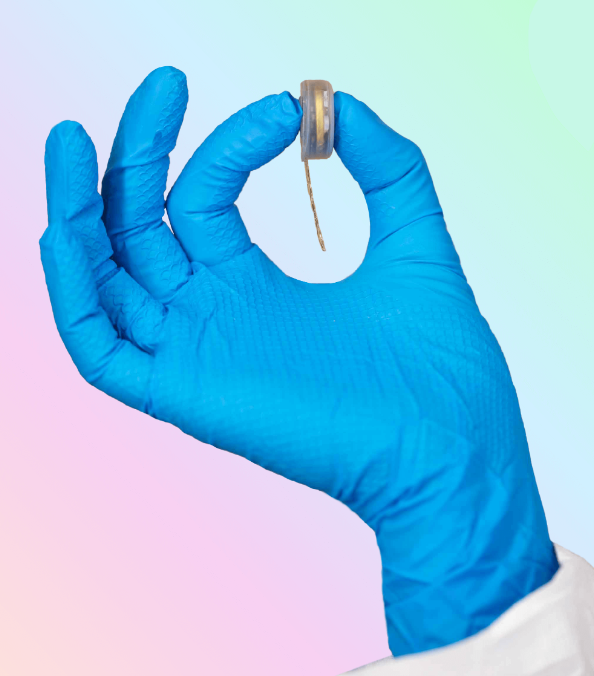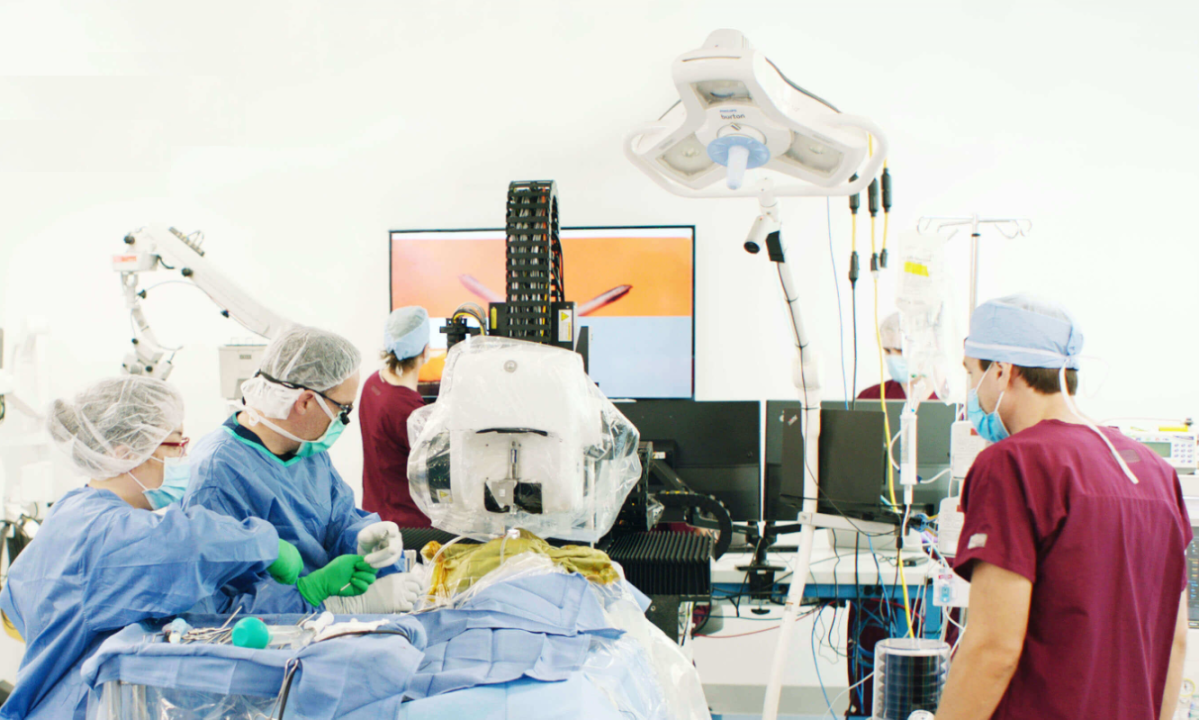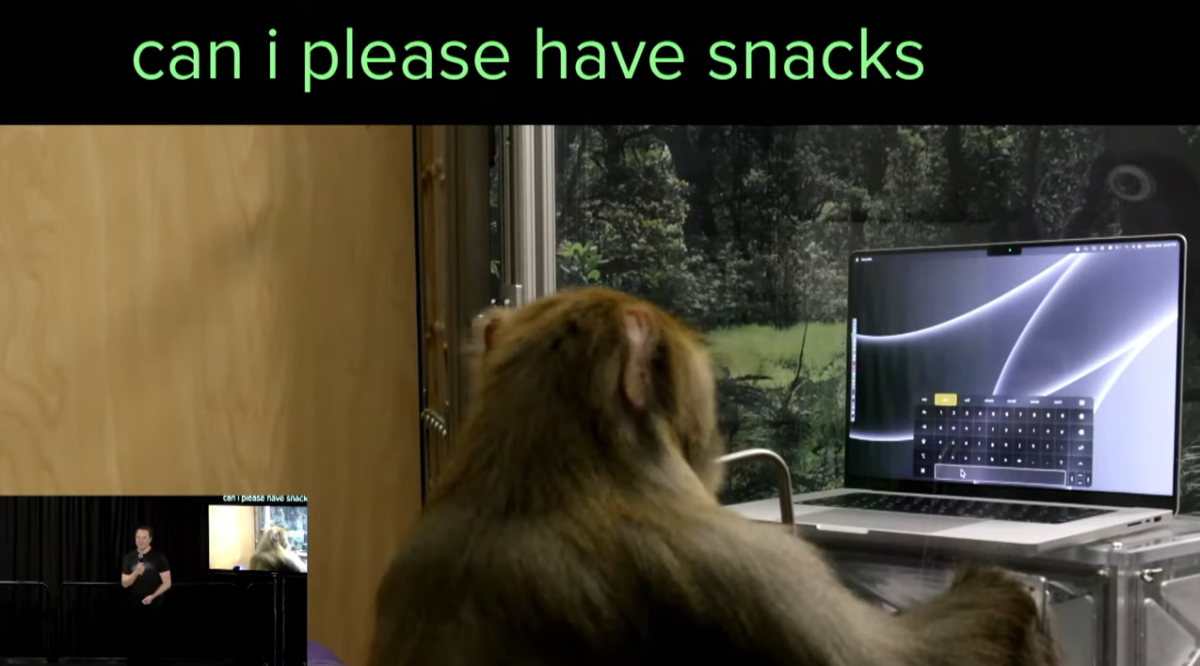Elon Musk and his Neuralink implant are moving right in to our brain.
Musk and his takeover of Twitter has eaten up a lot of news coverage over the past few weeks. Never far from the headlines, another one of Musk’s creations, ChatGPT, has also been clogging up news feeds worldwide. While Musk resigned from the board of ChatGPT in 2018 due to a conflict of interest with Tesla AI, he remains a donor.
However, both of these news stories have somewhat overshadowed the wild world of news coming from yet another of Musk’s companies, Neuralink.
Neuralink and the future
Neuralink goes deep into the creepy part of science fiction. However, the road Neuralink is going down is just so fascinating it is hard not to follow this path and see where it leads.
In a nutshell, Neuralink has created a chip to be inserted into a human brain to enable us to use our thoughts to control our phones – far better than our own hands or speech could.
The idea is that people with brain injuries will be able to use their thoughts to communicate effectively with the outside world, via their phones or computers. The possibilities are endless as theoretically, it will also enable blind people to see again and people with spinal injuries to walk again.
Well, that is the Neuralink’s sales pitch, but we all know that perfectly able humans will get this implant too, when it becomes available.

Theoretical possibilities
This new Elon product poses some interesting future scenarios. If we can use our thoughts to control our phones, then surely we will be able to pay for items using our minds?
With all of the options available to pay with cryptocurrencies these days, a completely reasonable leap to make is to pay for stuff using crypto, via your thoughts.
For example, a tourist might decide to go to the Gold Coast for a holiday, and stay in one of the many hotels on the beach. As they check in, the receptionist brings out a point-of-sale device.
She taps in the amount — one million Satoshis (100 million are in a Bitcoin), or $254. The QR code appears. Usually, the tourist would open their crypto wallet app. The app will read the code and then transfer the Satoshis from the tourist’s wallet to the hotel’s wallet. The app shows the green tick and payment is successful.
With the Neuralink inserted, the scenario would play out very differently. The receptionist would bring out the point-of-sale device, and the tourist would think about paying, and it would be done, without having to touch their phone.
The future is both weird and cool, but mainly weird.
We are already cyborgs
In a fascinating talk explaining the technology, Musk makes the case that we are already cyborgs whether we know it or not.
“Your phone and your computer are extensions of yourself. If you leave your phone behind, you end up tapping your pockets. It is like having missing-limb syndrome. You’re used to interfacing with it, and you’re used to being a de facto cyborg.”
Elon Musk
Musk says that there are limitations on what a phone and laptop can do, “The speed that you can send or receive information is limited by the speed at which you can move your thumbs, or the speed at which you can talk into your phone. This is an extremely low data rate, optimistically 100 bits per second. But a computer can communicate at gigabits or terabits per second.”
If we upgrade ourselves, Musk feels that we can then keep up with AI and mitigate the risks of artificial intelligence taking over.

Elon Musk, monkeys and Neuralink
So far, Neuralink has been experimenting on monkeys by inserting the Neuralink chip in their brains. The neural link implant is invisible on the monkey, as it would be in humans too.
Says Musk, “The thing that’s interesting is that you can’t even see the neural implant, we have miniaturised it to the point where it matches the thickness of the skull that is removed. So it’s essentially like having an Apple Watch or a Fitbit replacing a piece of skull. I could have a Neuralink device implanted right now and you wouldn’t even know! I mean hypothetically, I may be one of the demos.”

The thought of replacing part of your skull will give many people ‘the ick’. What happens if you reject the device? Can you get your piece of skull back?
The monkeys don’t seem to worry too much about their skulls. They’re now play video games like Pong using their minds. At first, they were trained using a joystick. Once they understood the game, they had the Neuralink inserted.
Says Musk, “We took the joystick away and using Neuralink, they play telepathically.”
Monkies playing telepathic Pong. You read that right.
Humans are next, says Elon Musk
Neuralink has now filed paperwork to enable the experiment to be run on humans. But do we really want Elon Musk in our brains?
Says Musk, “Obviously we want to be extremely careful and certain that it will work well before putting a device in a human. But we have submitted our paperwork to the FDA and we think probably in about six months we should be able to have a Neuralink in a human.”
Elon Musk says the device has been designed to last for a long time without degradation. “Upgradability is very important because our first production device will be much like an iPhone One and I’m pretty sure you would not want an iPhone One stuck in your head if the iPhone 14 is available.”
The future is a seriously wild frontier. Are we at the point of no return? We will all soon find out.





